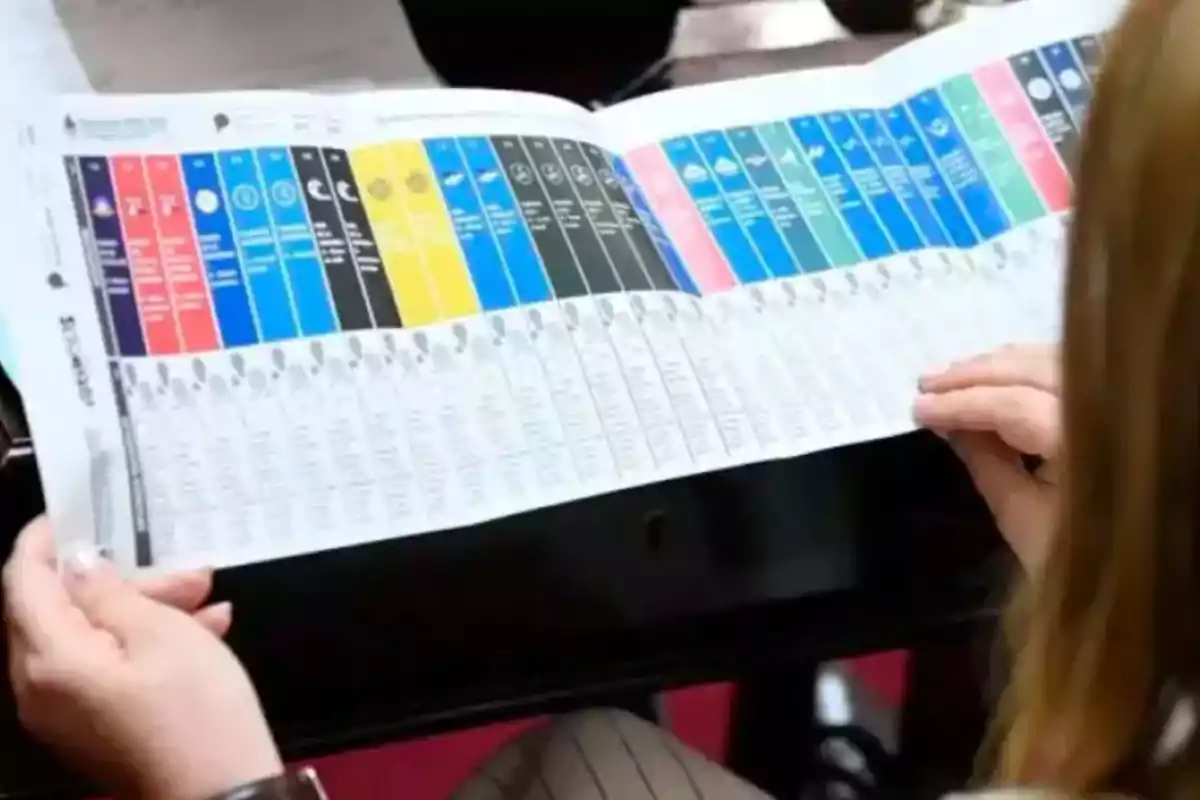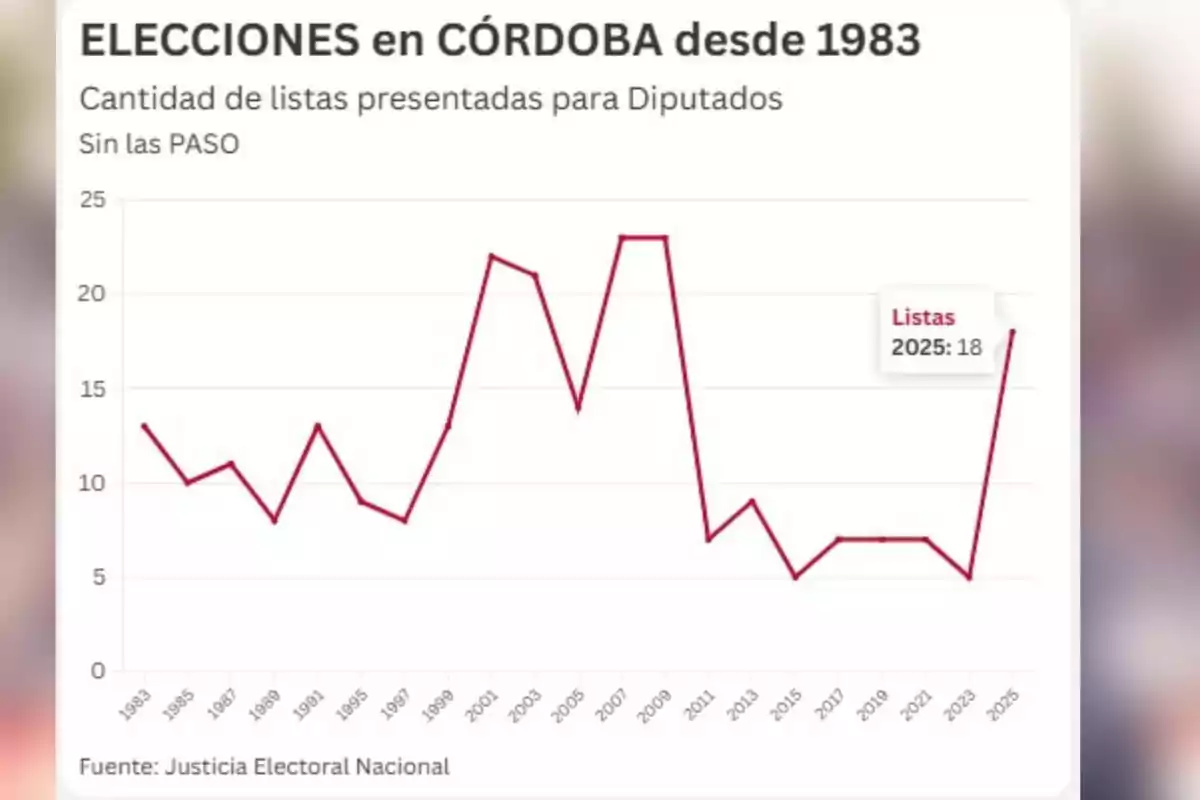
Córdoba record: 18 lists and 270 candidates are competing for only 9 seats in 2025
The province surpasses Buenos Aires in candidate density and confirms a scenario of strong political fragmentation
In Córdoba, the Electoral Justice confirmed the submission of 18 lists for the October legislative elections. In total, there are 270 candidates for national deputies competing for just nine seats. The district thus becomes the most fragmented in the country.
The density of candidates per seat even surpasses Buenos Aires, where 13 lists are running to renew 13 seats. Córdoba reaches an average of 30 candidates for each position at stake. This number sets a record in relation to the population size.
This phenomenon has surprised even the voters themselves, many of whom underestimate the magnitude of the electoral offer. The oversupply reveals unprecedented competition that once again positions Córdoba as a key district in 2025.

Different fragmentations
A large part of the multiplicity of lists is due to the attempt to weaken La Libertad Avanza. According to analysts, several of them lack political structure, economic support, and real strength.
In this segment, figures such as Héctor Baldassi, for Ciudadanos, and Agustín Spacessi, with the Partido Libertario, are competing. The moderate wing of PRO, led by Oscar Agost Carreño, and Encuentro por la República, led by Aurelio García Elorrio, are also joining.
Some experts maintain that the atomization is due to maneuvers by Peronism to disperse the opposition vote. The tactic would seek to take points away from Javier Milei in one of the provinces where he garnered the most support in 2023.

Peronism and internal struggles
The fragmentation is not limited to the opposition. Within the provincial ruling party, an unprecedented competition is also anticipated. For the first time, Natalia de la Sota will directly challenge Juan Schiaretti.
The confrontation marks a turning point in Córdoba's Peronism, which has historically remained unified in national legislative elections. This time, the single ballot will display an open dispute within its own space.
Córdoba matches Buenos Aires in the number of lists, but with just a third of the electoral roll. This ratio makes the district the most diverse in the country in terms of per capita representation.

Profile of the candidates
The average age of the candidates is 48 years, somewhat lower than in Buenos Aires, which reaches 51. Nineteen percent are under 35 years old, reflecting a slight renewal.
The youngest candidate is Iva Passer, 24 years old, included on the PRO list. At the other extreme is Evangelina Cobos, 82 years old, who is once again part of the Unión Popular Federal ballot.

Córdoba, strategic district
With an electoral roll of 3.1 million voters, Córdoba will have a central role in the national contest. The density of lists anticipates an intense campaign marked by territorial competition.
Across the country, 297 lists from 129 political forces will compete to renew 127 seats in the Chamber of Deputies and 24 in the Senate. In this scenario, Córdoba reaffirms itself as a political epicenter.
The combination of scale, diversity, and fragmentation makes the district an electoral laboratory. The result in October will be key to measuring the future legislative map.
More posts: